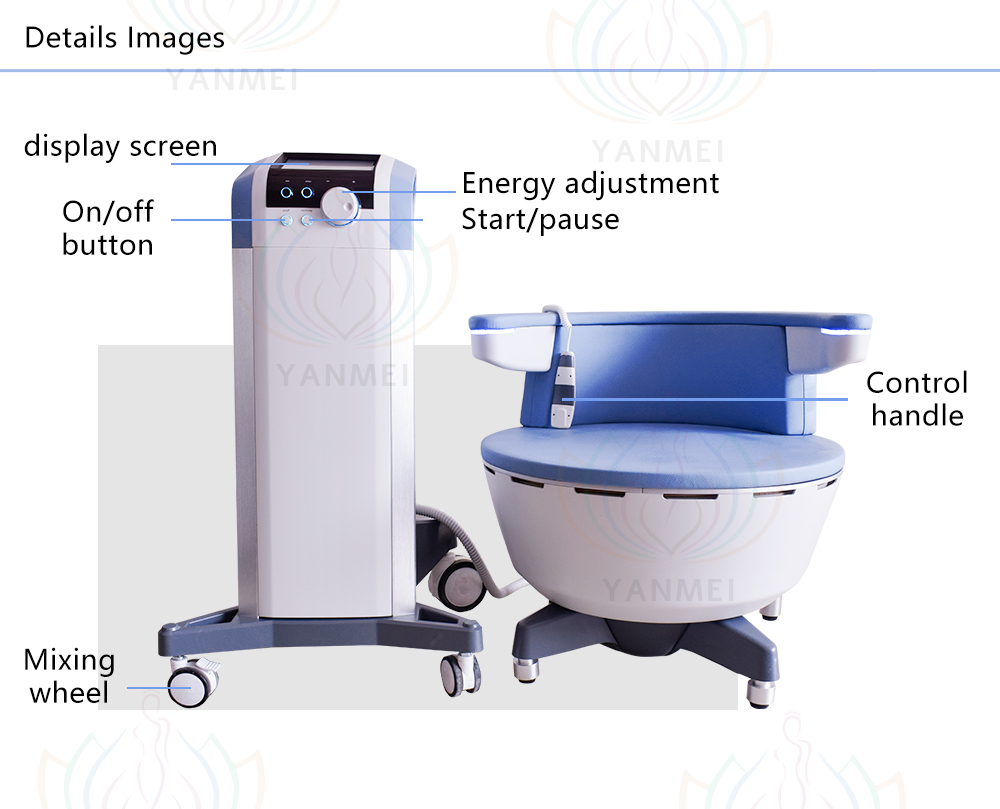Address
1st Floor, Building 7, No. 1, Lianxing Erheng Road, Yinbian, Jiahe Street, Guangzhou, Guangdong, China
Work Hours
Professional 7*24H Online Support
Address
1st Floor, Building 7, No. 1, Lianxing Erheng Road, Yinbian, Jiahe Street, Guangzhou, Guangdong, China
Work Hours
Professional 7*24H Online Support

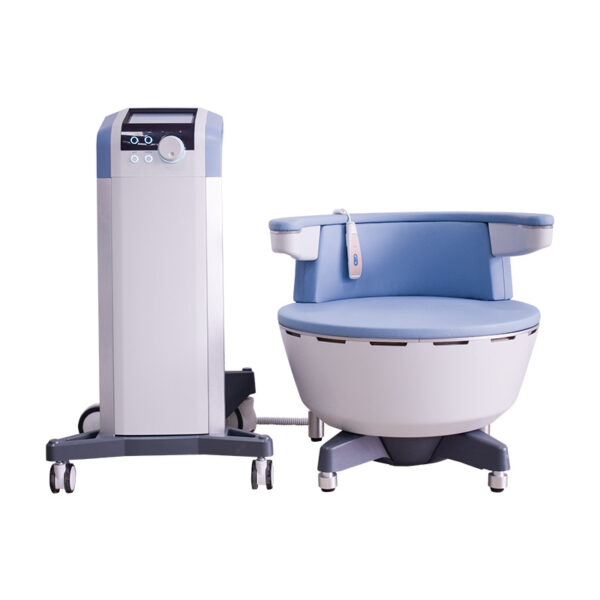
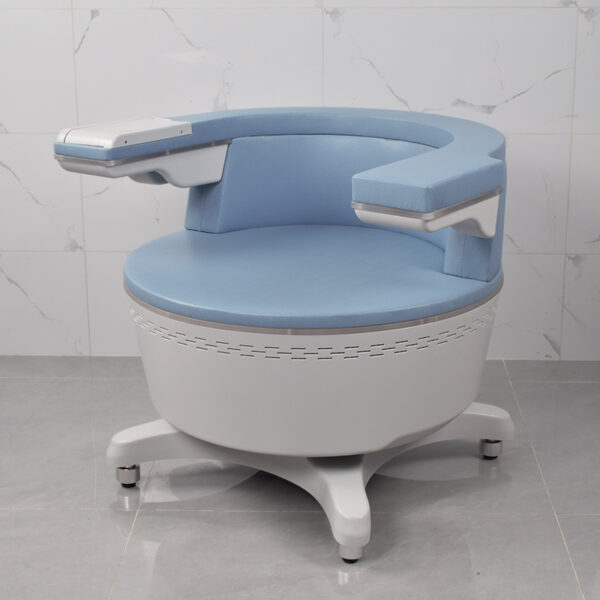
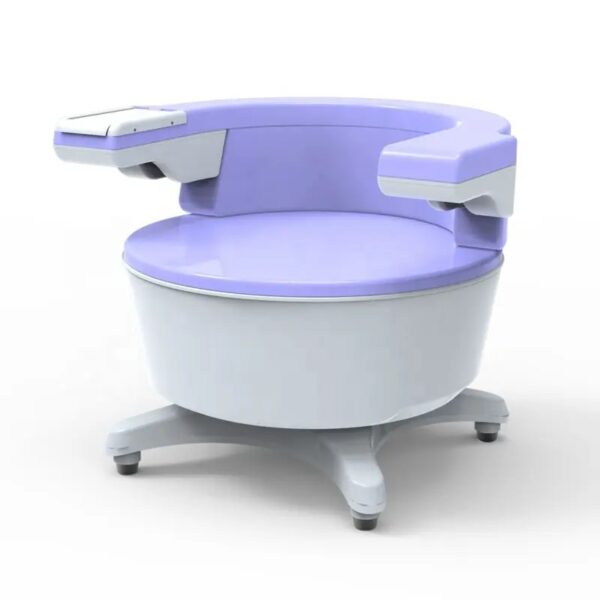
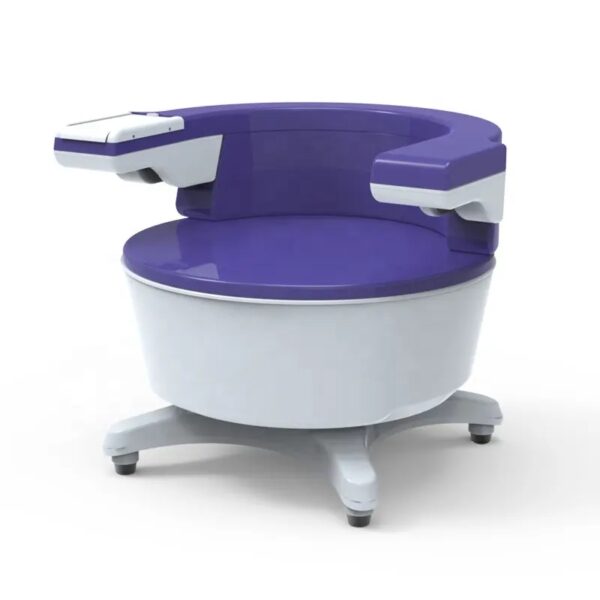
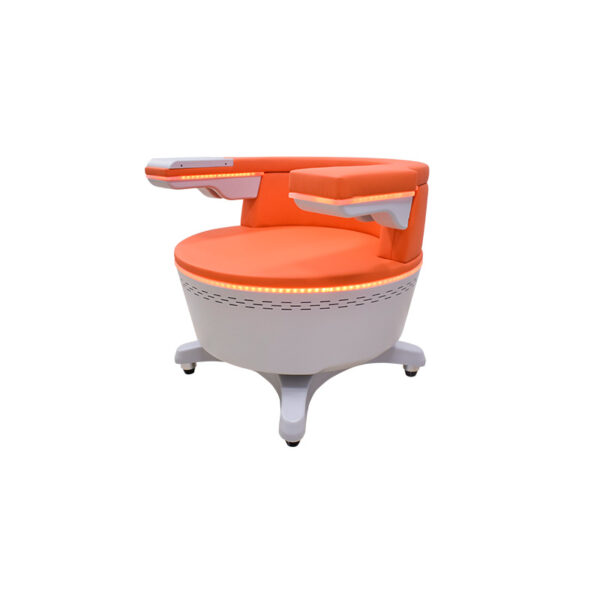
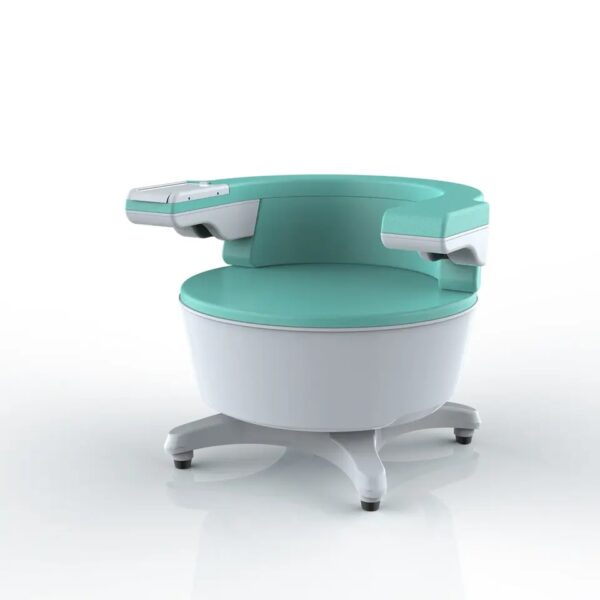
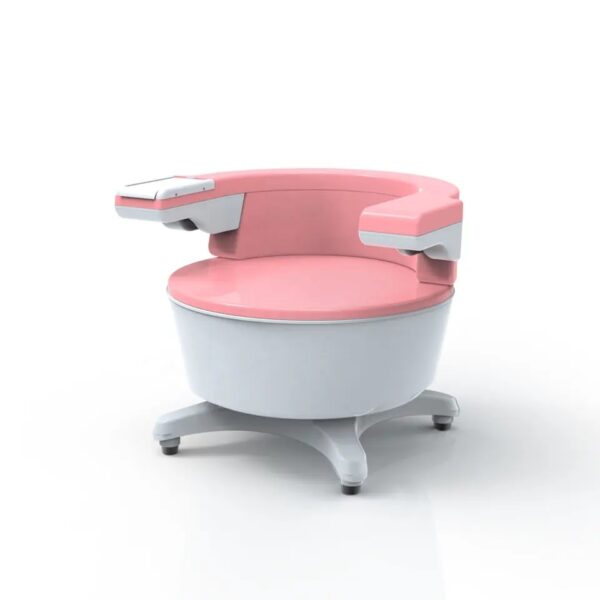


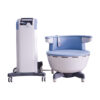

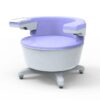
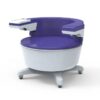
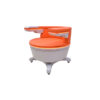
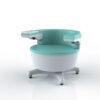
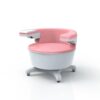
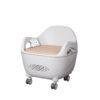
Original price was: $2,000.00.$1,900.00Current price is: $1,900.00.
Model: EM1010
Brand Name:YANMEI
Delivery Method: By Air, By DHL/TNT/FEDEX/UPS Express ,By Sea(Door To Door, Double tax)
OEM/ODM: Support,having been in the industry more than 10 years, all of our product lines can be fully customized to meet your specific needs at competitive prices.
Occasion: Beauty Salon,Hospitals,Clinic,Skin Care Centers,Spa,Home,etc ..
Machine Language: English (Support Customized System Language)
Warranty: lifelong after-sales service
Product Training: Get free one-on-one clinical operating training service.
Ee Certification: All have been approved by international certifications.

Q: How long does the treatment take? How many treatments are needed?
Q: How was the treatment experience, did it hurt? A: During treatment, the pelvic floor muscles may contract,with zero pain, zero anesthesia, and zero recovery period,and normal activities can resume immediately after treatment.
Q: How long will the effect be visible?
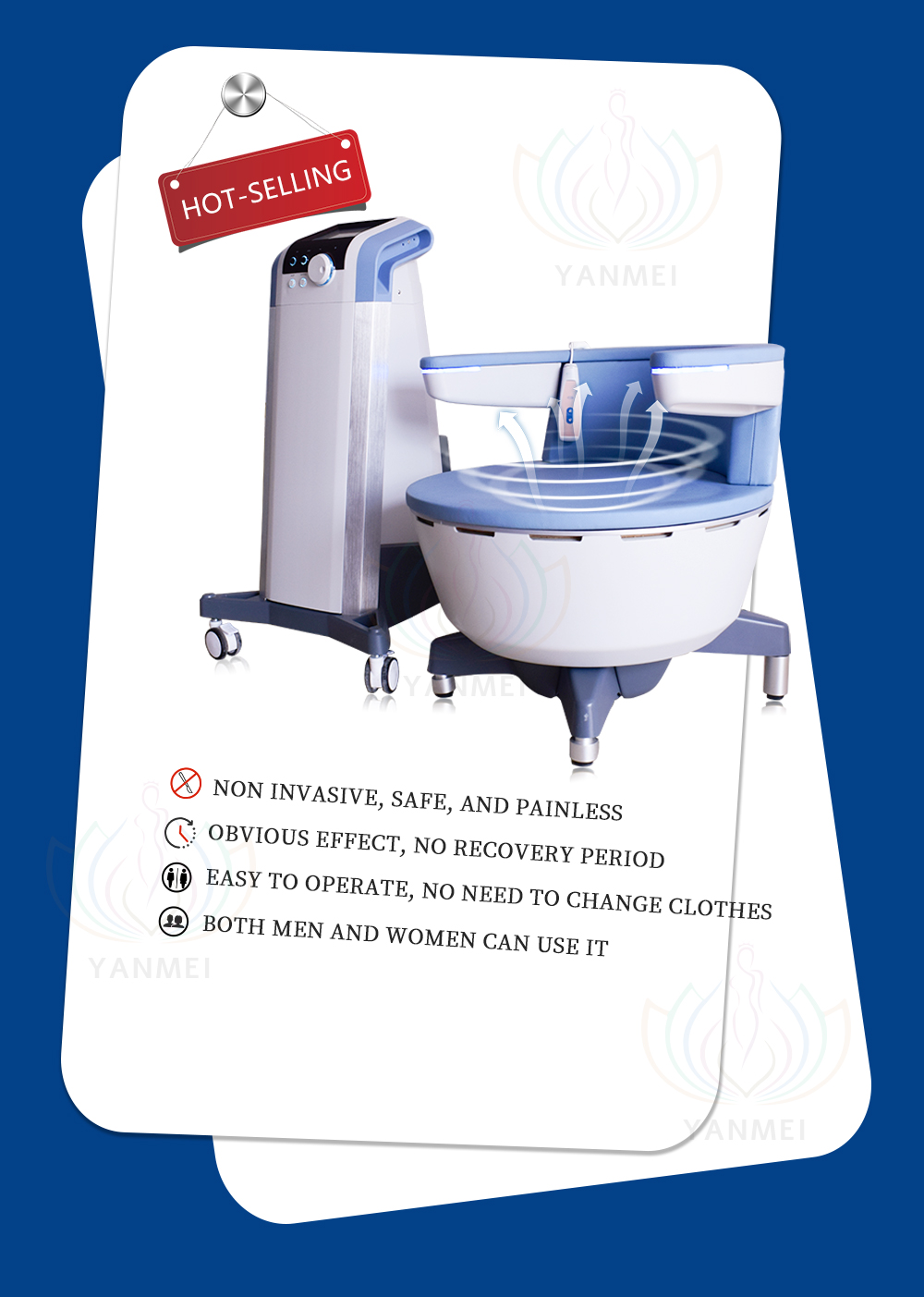
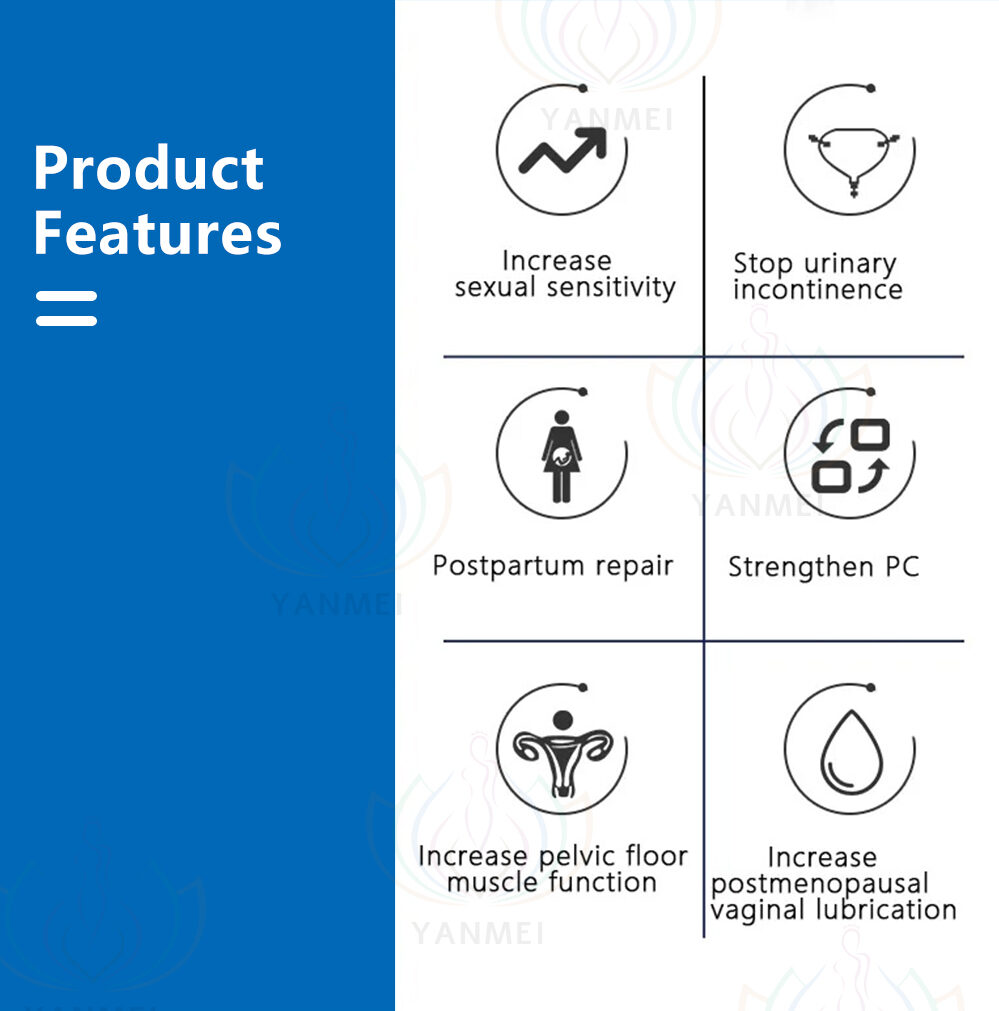
After the process of childbirth, numerous physiological changes transpire within a woman’s body, particularly affecting the pelvic floor muscles. These muscles play a vital role in not only reproductive health but also in the overall function of the pelvic region. During pregnancy, the additional weight and hormonal shifts contribute to the elongation and weakening of these muscles, often resulting in issues such as urinary incontinence and decreased vaginal tightness.
One significant factor influencing postpartum muscle dynamics is hormonal change. The fluctuation in hormones, particularly estrogen and relaxin, affects the elasticity and strength of pelvic floor tissues. While the pelvic muscles are temporarily remodeled to accommodate the growing fetus, the resultant strain can lead to a loss of muscle tone post-delivery. This decline in muscle integrity can cause complications for new mothers, including bladder control issues and diminished sexual satisfaction.
Furthermore, the physical trauma involved in childbirth, especially from vaginal delivery, can strain the pelvic floor muscles considerably. The pressure exerted during labor can result in tears or other forms of injury to the pelvic region, compounding the risk of long-term muscle weakness. Thus, it becomes evident that postpartum recovery is essential for restoring pelvic floor health.
The pelvic floor muscles provide crucial support to the organs located in the pelvis, including the bladder, uterus, and rectum. Their efficacy directly influences various bodily functions, and any compromise to these muscles can hinder overall well-being. Strengthening these muscles is not only important for recovering from childbirth but is also vital for improving quality of life, enhancing core stability, and preventing future complications. In this context, understanding postpartum muscle dynamics is essential to appreciate the significance of targeted recovery techniques, such as those aided by emerging technologies like EMS.

Electrical Muscle Stimulation (EMS) technology is an advanced technique utilized for muscle rehabilitation and strengthening. It operates by applying electrical impulses to muscle fibers, inducing contractions that mimic the body’s natural voluntary muscle contractions. This innovative method has gained particular attention in the realm of postpartum recovery, given its potential benefits for enhancing pelvic floor strength and promoting vaginal tightening.
EMS devices are designed to send electrical signals via electrodes placed on the skin. These signals stimulate the motor neurons responsible for activating muscle contractions. The contractions generated by EMS can be particularly beneficial for individuals who may have difficulty engaging certain muscle groups, such as new mothers experiencing pelvic floor weakness after childbirth. The targeted muscle enhancement can facilitate improved functionality and recovery in the postpartum period.
In the context of postpartum recovery, EMS technology offers several advantages. First, it can significantly aid in muscle repair, allowing for quicker recovery from the physical stresses of pregnancy and delivery. Moreover, by regularly utilizing EMS devices, women can achieve greater muscle tone in the pelvic region, which is critical for maintaining bladder control and overall pelvic health. This non-invasive method is often preferred by those seeking rehabilitation with minimal disruption to their daily routines.
There are various types of EMS devices available on the market today, each designed for specific purposes. Some devices are portable and can be used at home, while others may be intended for clinical use under professional supervision. The versatility in device options allows users to select the appropriate EMS solution that aligns with their recovery goals and personal preferences. As postpartum muscle recovery continues to gain prominence, EMS technology stands out as a key player in promoting physical well-being.
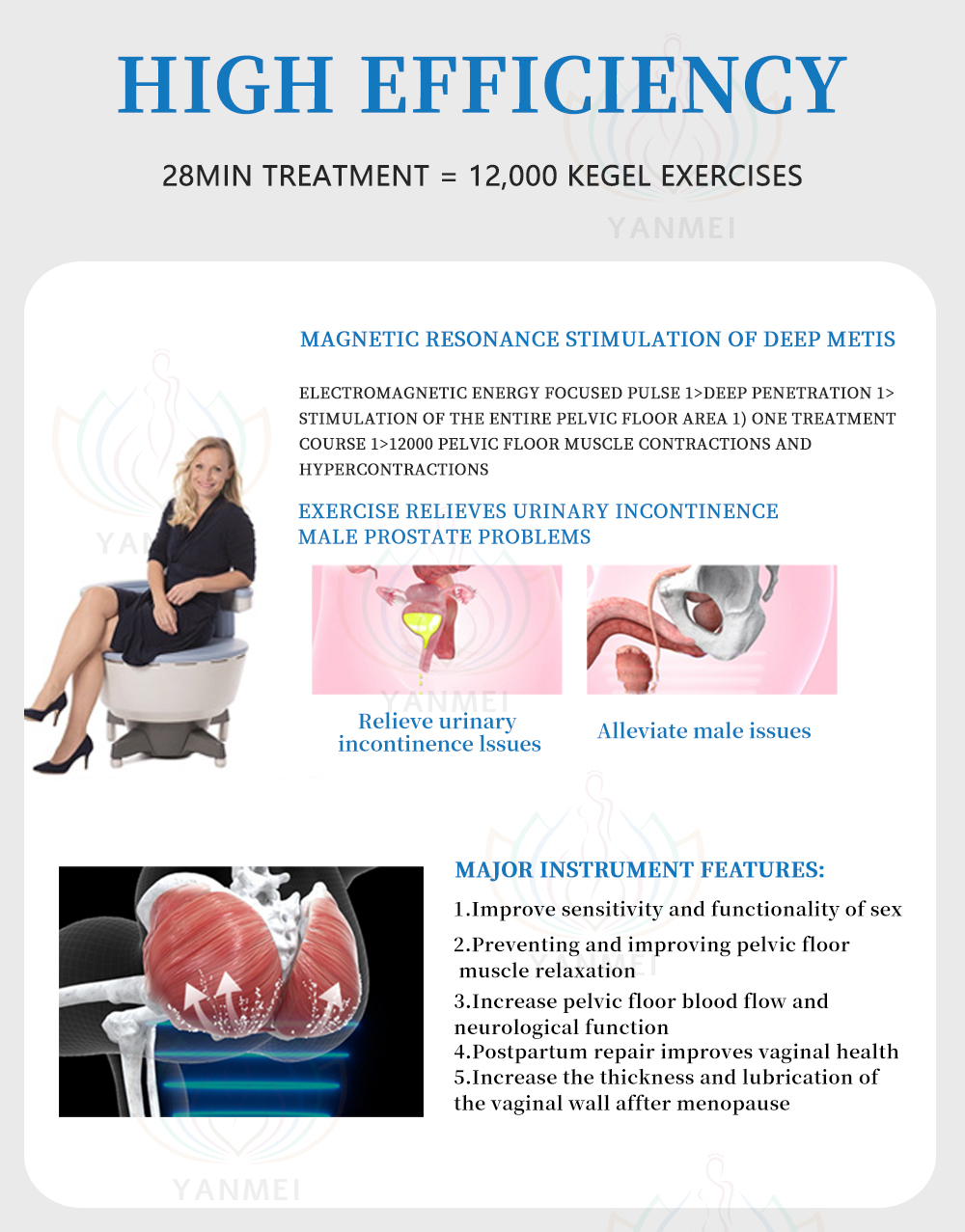
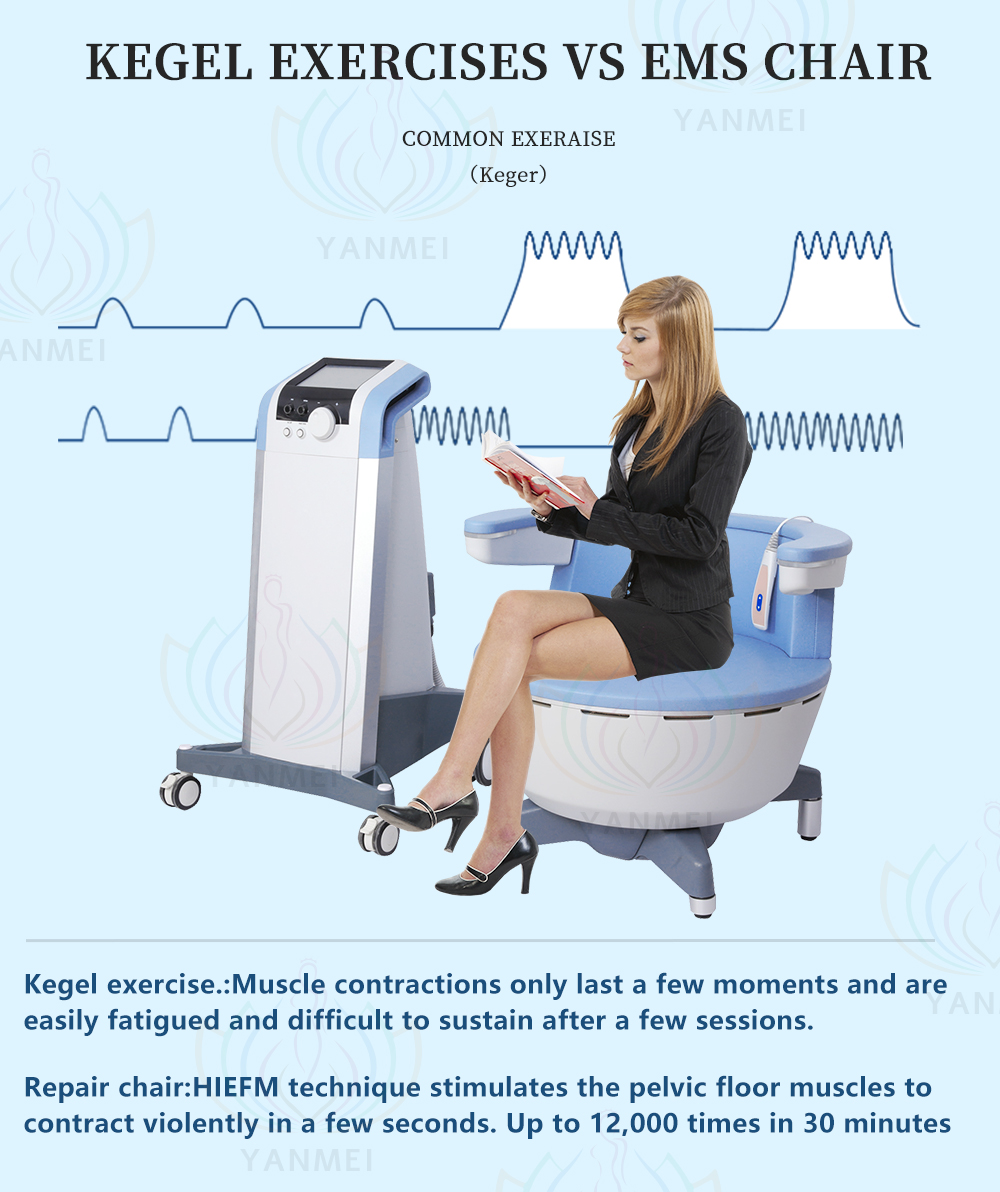
Electrical Muscle Stimulation (EMS) technology has emerged as a transformative approach for postpartum recovery, particularly in enhancing vaginal tightness and addressing urinary incontinence. This non-invasive technique utilizes electrical impulses to stimulate pelvic floor muscles, which can significantly improve muscle tone and overall function. For many new mothers, traditional methods like Kegel exercises can be challenging to perform effectively, either due to physical discomfort or lack of awareness regarding the correct technique. EMS serves as an invaluable adjunct by providing targeted stimulation, thereby amplifying the effects of these exercises.
Clinical studies have shown that EMS can notably increase the effectiveness of Kegel exercises. By inducing muscle contractions, EMS not only strengthens the pelvic floor but also makes it easier for those who may struggle to isolate specific muscles during traditional exercises. A peer-reviewed study indicated that women who incorporated EMS into their postpartum routine exhibited a more substantial improvement in urinary incontinence symptoms compared to those who solely relied on Kegel exercises. This success can be attributed to the combination of intensive muscle engagement and the ease of use associated with EMS devices.
Furthermore, real-life testimonials from new mothers reflect diverse experiences and outcomes. Many report a marked improvement in muscle tone and a renewed sense of confidence, highlighting the practicality and effectiveness of using EMS technology. For instance, a recent testimonial from a postpartum patient indicated that after a series of EMS sessions, she experienced less urinary leakage during physical activities, a common concern among postpartum women. Such positive outcomes underline the potential that EMS holds in restoring pelvic floor health, making it an essential part of postpartum muscle recovery.
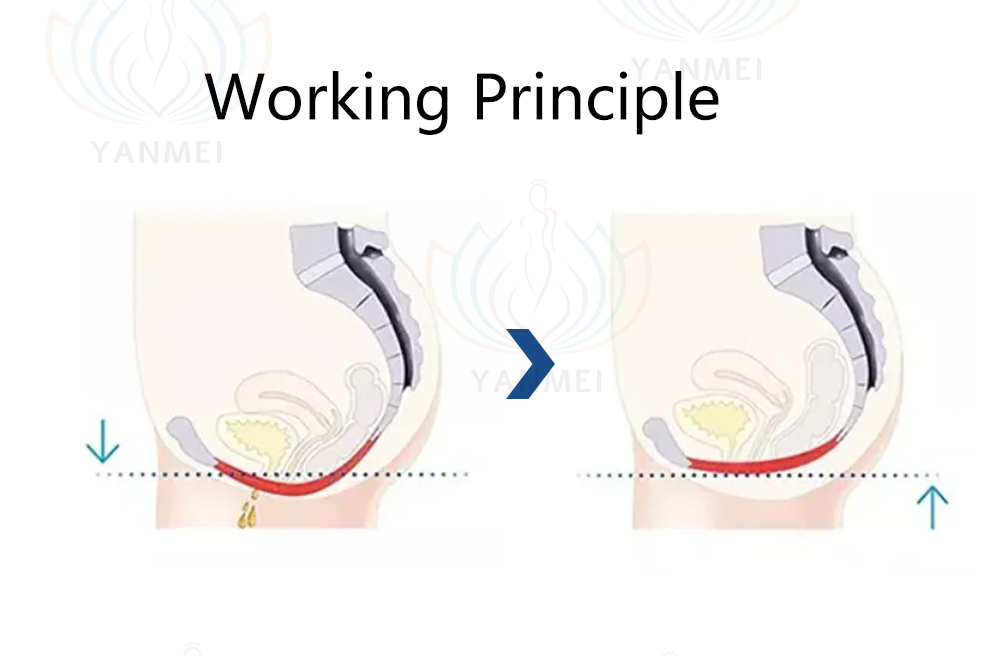
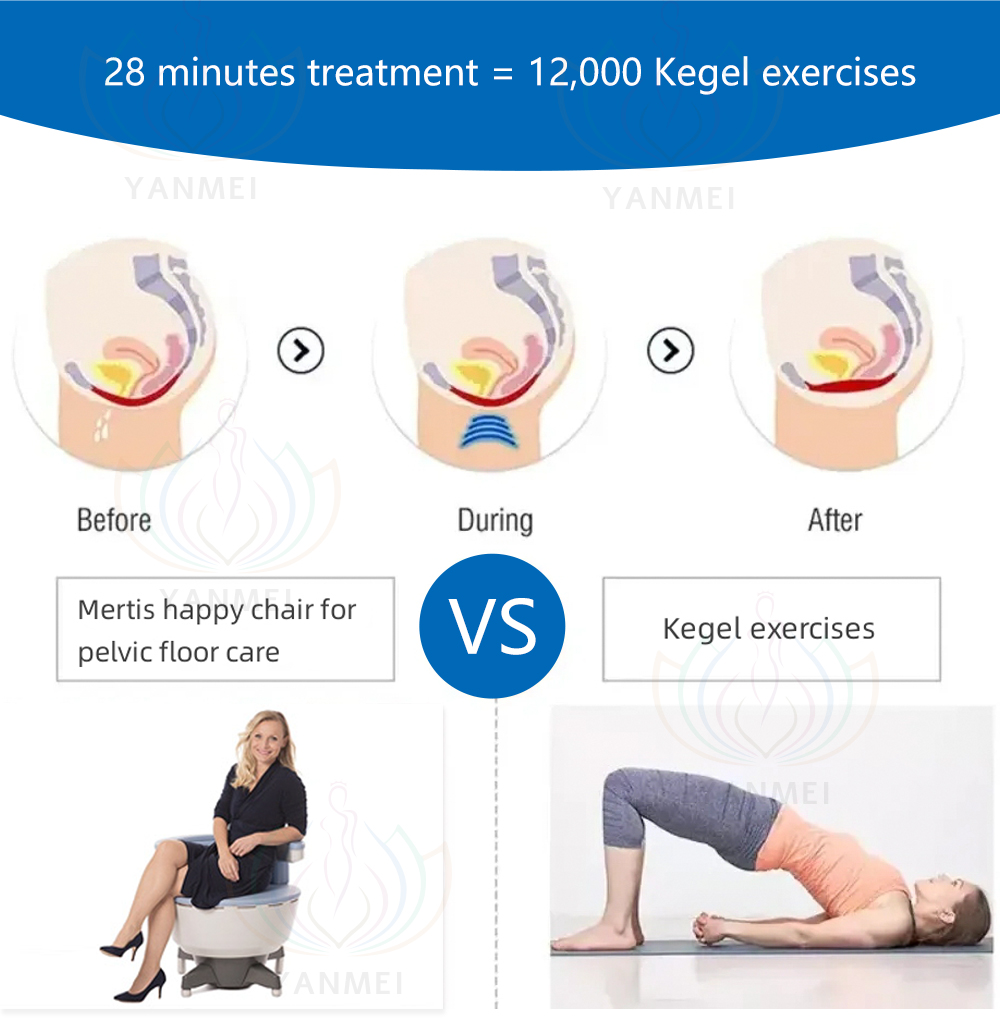
The EMS pelvic floor chair presents various advantages tailored specifically for postpartum recovery, particularly in enhancing the health of pelvic floor muscles. One of the primary benefits of chair-based EMS devices is the extraordinary convenience they offer. New mothers often find themselves navigating the challenges of childcare while seeking effective strategies for recovery. The EMS chair allows them to engage in muscle-strengthening treatments with minimal effort, making it easier to incorporate into their daily routines.
Comfort is another crucial aspect of the EMS pelvic floor chair. Unlike traditional Kegel exercises, which can sometimes be uncomfortable and require focus and precision, the EMS chair enables users to relax while simultaneously receiving an effective workout. This dual benefit means mothers can unwind and recover, reducing stress and promoting overall well-being. The inherent multitasking opportunity presented by the chair helps to achieve not only muscle tightness but also aids in mental relaxation, which is essential during the postpartum period.
Targeted functionality is a significant feature of the EMS pelvic floor chair. The technology specifically aims to stimulate pelvic floor muscles through electrical impulses, ensuring effective contractions that mirror or exceed those achieved through manual exercises. This allows new mothers to refine and strengthen their pelvic muscles without the trial and error often associated with traditional methods. Moreover, the efficiency of these chair-based devices can lead to quicker recovery times and improvement in muscle tone.
While traditional Kegel exercises certainly have their place in postpartum recovery, the EMS pelvic floor chair offers a unique, comfortable, and efficient alternative. These advantages make it an appealing option for mothers seeking to fortify their pelvic health effortlessly, contributing to a more straightforward and effective recovery process.
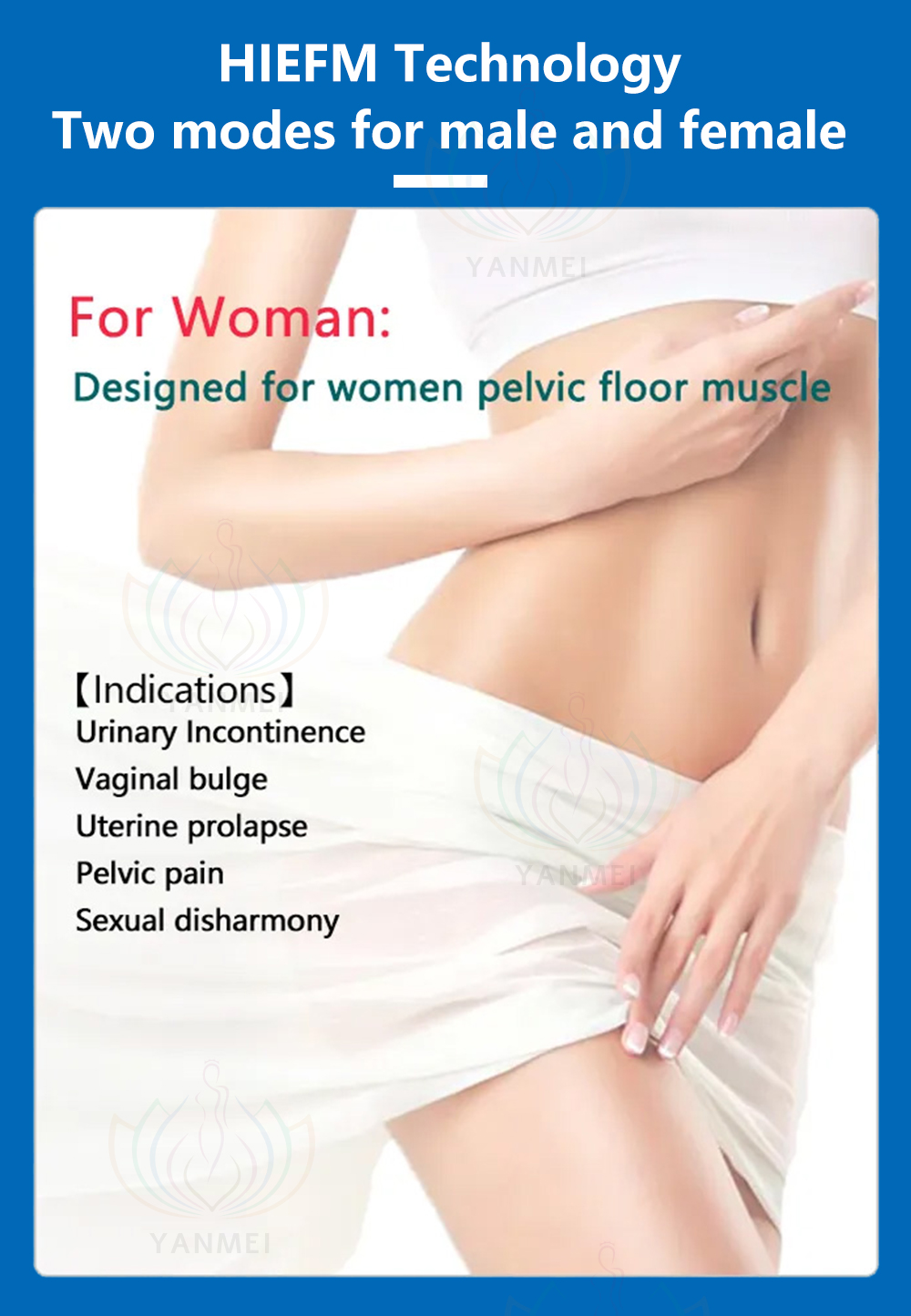
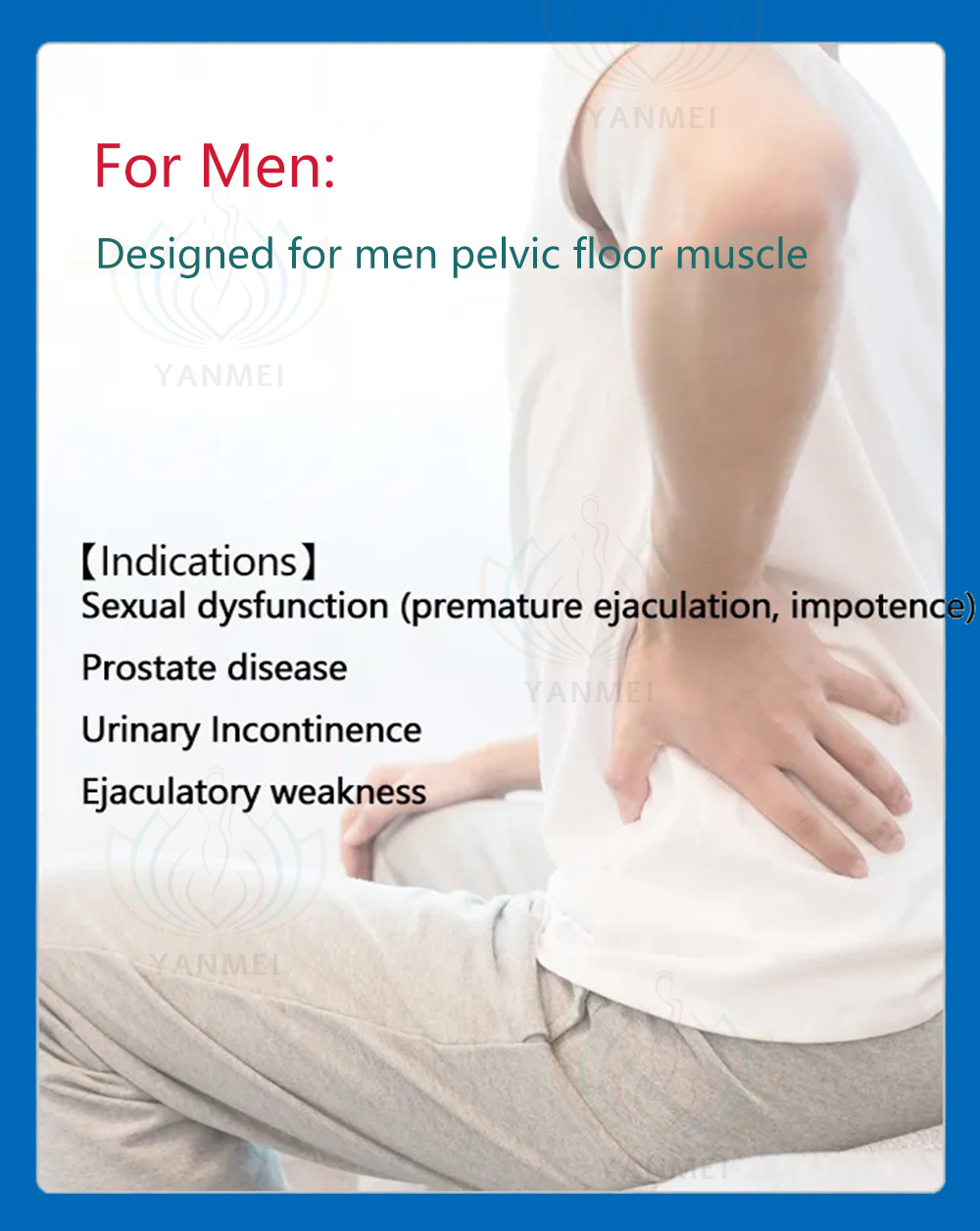
* Using the most advanced non-invasive vaginal shrinking technology, no need to undress, safe, comfortable and no abstinence period.
* One treatment course is better than completing 10,000 Kegel exercises, and the treatment effect is more significant.
* Each treatment only needs to sit for 30 minutes, with zero pain, zero anesthesia, and zero recovery period.
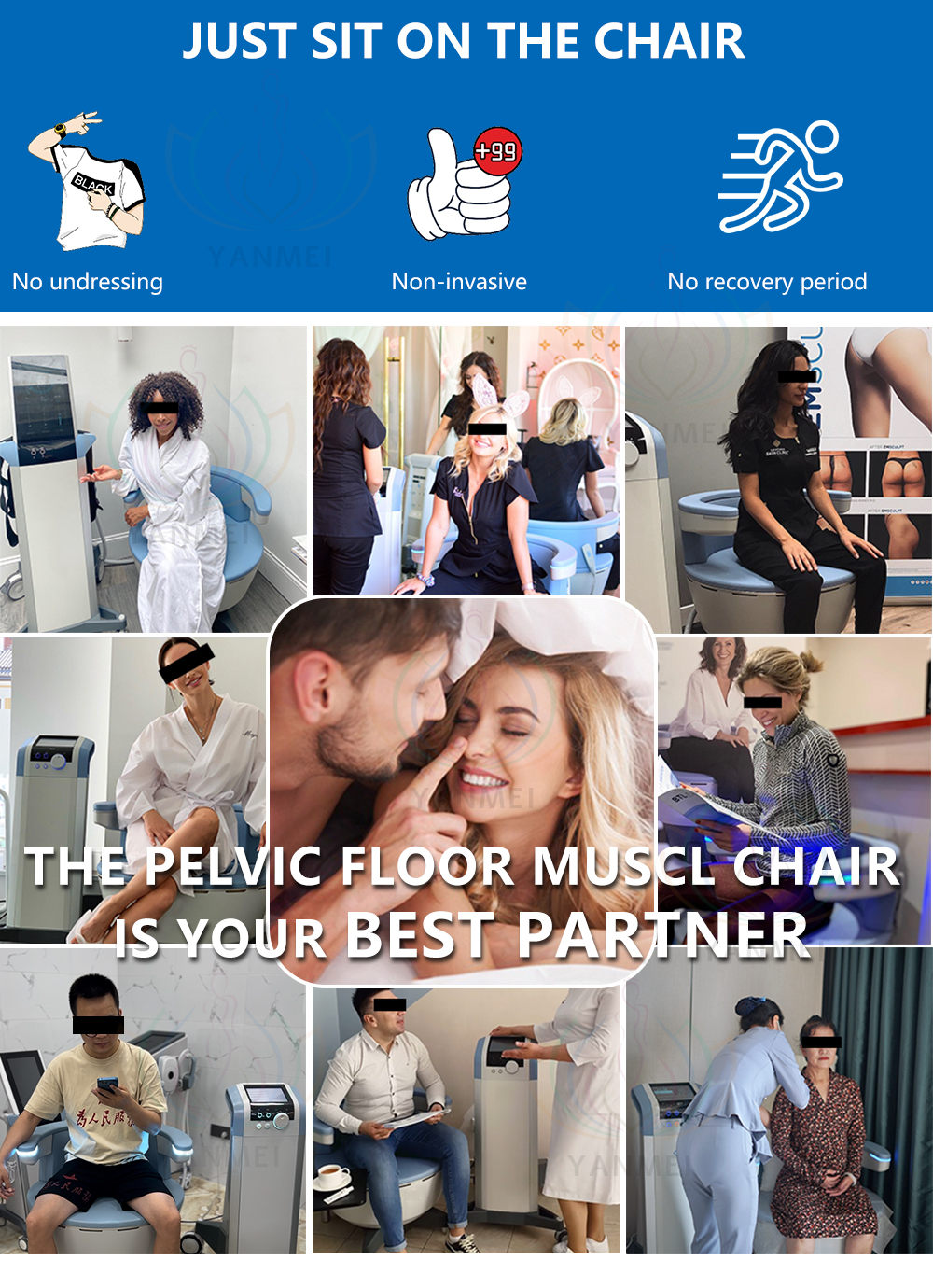
Incorporating Electrical Muscle Stimulation (EMS) technology into your postpartum recovery plan can significantly enhance pelvic floor recovery and vaginal tightening. It is essential to understand how to use this technology effectively alongside other recovery methods. Begin by consulting with a healthcare professional. This initial step ensures that EMS is suitable for your specific postpartum circumstances, promoting safety and efficacy in your recovery routine.
Once you receive the go-ahead, establish a baseline by assessing your current pelvic floor strength. This can be done through a simple self-evaluation or by consulting a physical therapist specializing in postpartum recovery. Understanding your starting point will help set realistic goals for your EMS usage and general strengthening exercises, such as Kegel exercises, which can be used synergistically with EMS for enhanced results.
When starting with EMS, follow the recommended usage guidelines provided by the device manufacturer. Typically, sessions should be limited to approximately 20-30 minutes, two to three times a week, depending on your body’s response and any instructions provided by your healthcare provider. Gradually increase the frequency as you become more comfortable with the sensations and effects of the stimulation.
Combining EMS sessions with Kegel exercises can maximize your recovery outcomes. While EMS targets muscle contractions, Kegel exercises engage your pelvic floor muscles actively, providing a comprehensive strengthening approach. For best results, consider incorporating Kegel holds during your EMS sessions. For instance, engage your pelvic floor during the electrical stimulation to reinforce your training further.
Proper recovery requires adherence to a consistent routine, allowing your body to adapt and improve gradually. Remember, every postpartum journey is unique, and ongoing communication with healthcare professionals will ensure that your EMS and exercise regimen remains aligned with your recovery goals.
